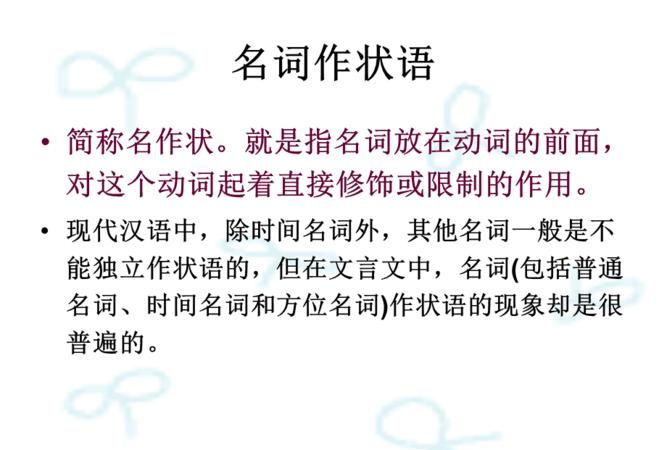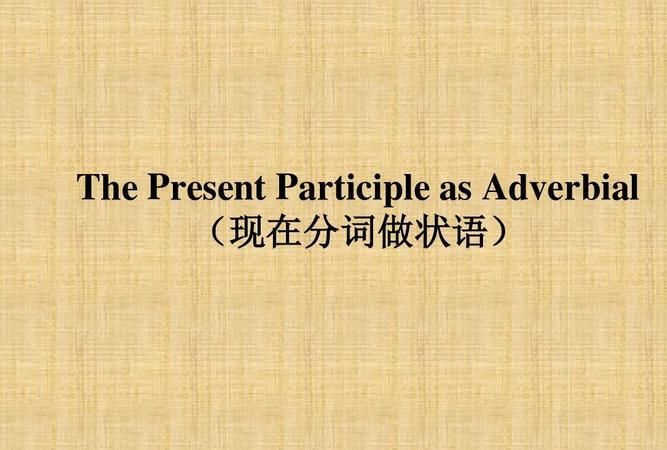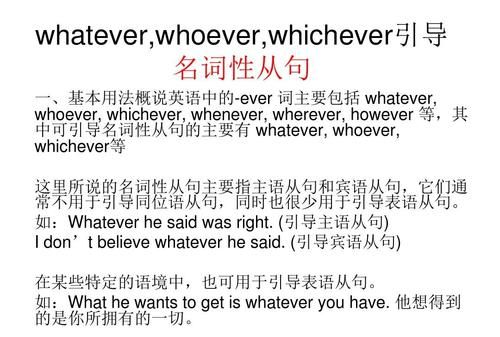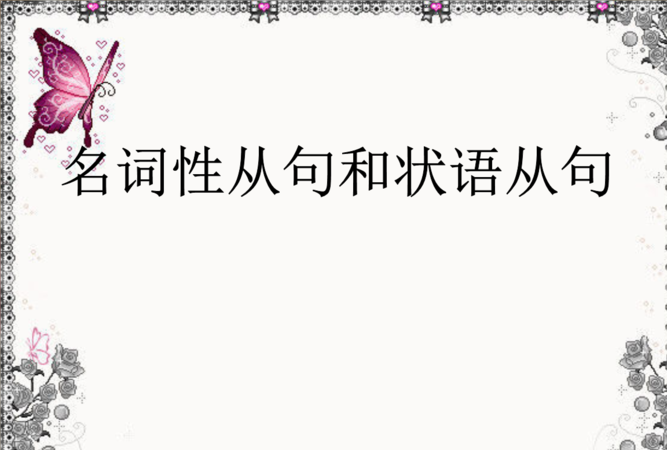本文目录
请给我几个英语状语例句大全
1.时间状语从句
when ,while, as ,before, after, since, till/until, once, every/each time, whenever, [as soon as, the moment/the minute , hardly…when no sooner…than]
1)when , while , as
都可表当……时,但有区别。
while 引起从句,表一段时间,而不是一点。有时还有对比的含义。
While she was reading the newspaper, Grandma fell asleep.
While I was reading , she was playing.
When 可表从句动作先于或后于主句中的谓语动词而发生。
When you have finished your report, you should type it out.
另:when 可表“那时、突然”之意。
I was cooking in the kitchen, when I heard a terrible sound.
as 强调动作的同时性,一边,一边
As I was washing dishes, I sang songs.
as 还可表“随着时间推移”
You will get wiser as you grow wiser.
2) as soon as, the moment/the minute , hardly…when no sooner…than
都可指“一……就” ,hardly…when 和no sooner…than 使用时通常用过去完成时,且常用倒装。
He fell asleep the moment he went to bed.
Hardly had he gone to bed when he fell asleep.
注意:
在时间状语从句中,不能出现将来时的形式。
2.原因状语从句
as , since, because, now that 等引导。
because 表直接的原因或理由,常译为因为。
since 一般表对方已知的,无须加以说明的既成事实的理由,常译为“既然”。
as 和because 语意相近,但语气较后者弱。
另外还有一个起并列连词作用的for , 只能放于后半部,表示一种推理或解释,或用作附加说明。
The day must break , for the birds are singing.
3.地点状语从句
where, wherever ;注意不要和where所引起的定语从句弄混。
We shall go where working conditions are difficult.(地点状语从句)
We shall go to the place where working conditions are difficult.(定从,有先行词)
4.条件状语从句
if , unless, so(as ) long as, so far as , in case
注意从句中不能出现将来时的形式。
5.让步状语从句
although(though), even if (though), however, whatever
注意: though (although)引起从句时,主句中不能出现but 。
as 引起从句时,要采用倒装。
Clever as he is, he doesn't study well.
6.结果状语从句
so, so (…)that , such…that 引导,放在主句之后。
7.目的状语从句
so that , in order that 引导,放于主句之后。
注意:so (…)that 和 so that 的不同。
so that 引导目的状语从句时,从句中常会出现can , may, should 等情态动词,而so…that 则没有。
I'll show it to you again so that you can see it clearly.我再演示一次以便你能看清楚些。
He showed it me again so that I saw it clearly.他又演示一次,结果我看清了。
8.方式状语从句
as, as if , as though 等引导。
as if 或as though 引导的从句,既可用陈述语气,也可用虚拟语气,表与主观上的不符。
He looks as if he is ill. (说话方认为他有病。)
He looks as if he were (was) ill.(说话方并不相信他有病)
9.比较状语从句
as…as, than , not so …as…
注意:比较状语从句部分常用省略结构。
I know you better than he does.

英语中什么叫状语
Hello!请先看个句子:
I met Mary this morning in the park.
这句话的主干是 I met Mary.我遇见玛丽了。 见面的时间,“this morning”, 就叫时间状语,见面的地点“in the park.”,就叫地点状语。一个句子可以有几个状语。 状语的作用主要是描述动作发生的时间,地点,原因,方式等。
状语的形式有:1.副词: I met Mary again.2.介词短语:I met Mary in the park. 3. 名词短语:I met Mary this morning. 4. 状语从句: I met Mary because I wanted to tell her something.

英语中名词作状语的例句
首先你知道什么叫做状语吗?如果不是很了解看一下百度百科。
一般常见的状语是时间状语地点状语方式状语,常见的形式是介词+名词,比如地点状语,On the playground
名词作状语就是没有介词直接用作状语用法。这个理解之后记下来就好了。
说是名词,其实多是名词词组,总结了一个下午,大致有以下几类,拿来和大家一同分享.
[1]名词或名词词组作状语,一般置于句末.
Wait a minute.等一会儿.
Come this way!走这边!
No one really knows why wolves walk (in)single file.排成一列行走.
[2]next/last/this/one/every/each/some/any/all+ day/month/year/Sunday等等可以直接用作状语,有些已经演化成了固定短语如all the year round一年到头 all the time一直
We must get together again some day.将来某天我们必能再相聚.
see you next Monday.
[3]一些由and或or连接所形成的名词短语如Rain or shine和heart and soul等直接作状语
Rain or shine,we must arrive there on time.
we should serve people heart and soul.
[4]名词词组each/every/the first/time,the instant/instance/moment/minute 所引导的时间状语从句; the way所直接引导的方式状语从句
例如:
You see the lightning the instant it happens,but you hear the thunder later.
Every time I saw him,I would like to listen to his songs.
I came to the house the moment he was about to leave.
给你举个例子.He comes in the classroom ,a book in hand.上句中book表示他拿了本书,修饰他进教室时的情况,表示伴随的状况.此时的名词book作状语.


以上就是关于名词短语作状语的例句英语 ,请给我几个英语状语例句大全的全部内容,以及名词短语作状语的例句英语 的相关内容,希望能够帮到您。
